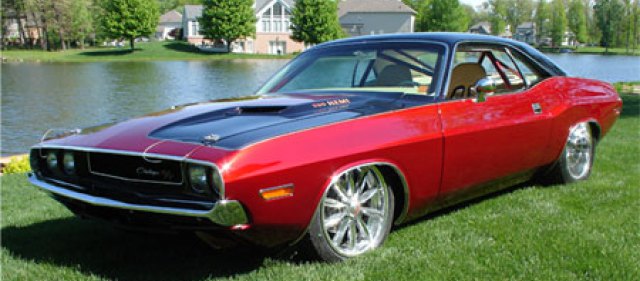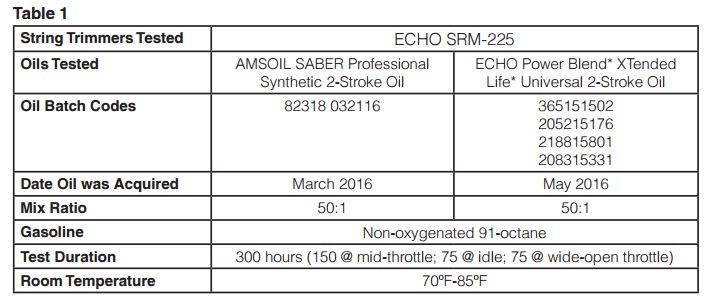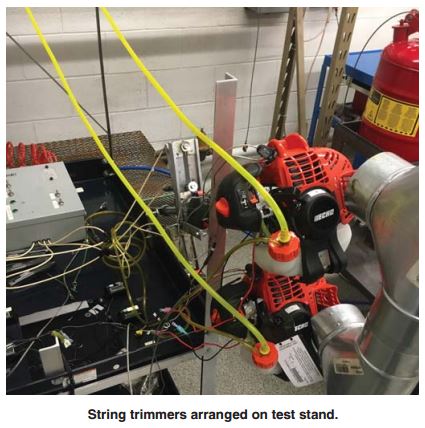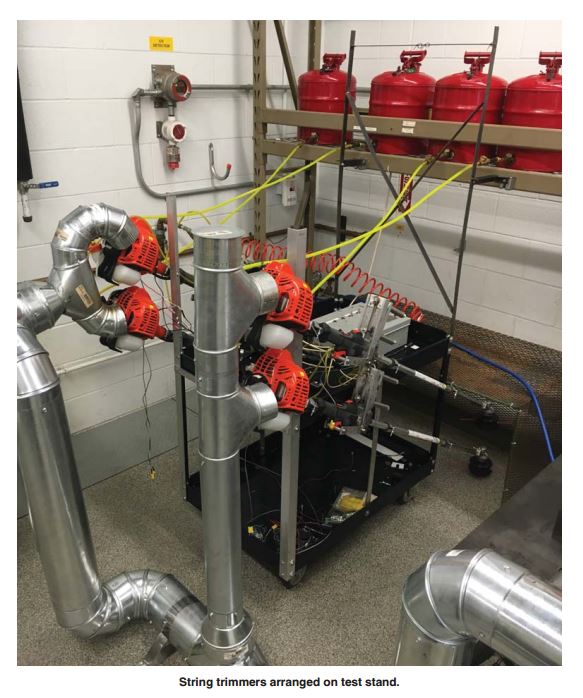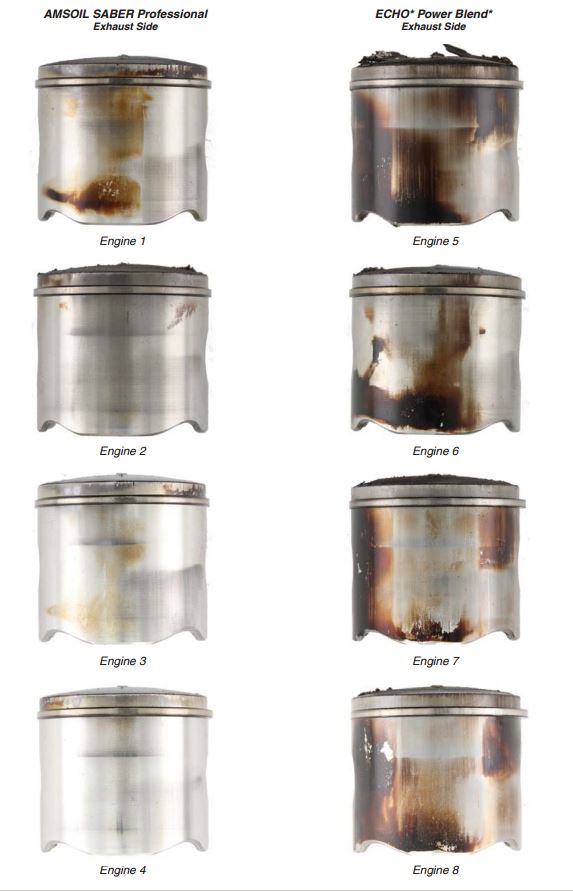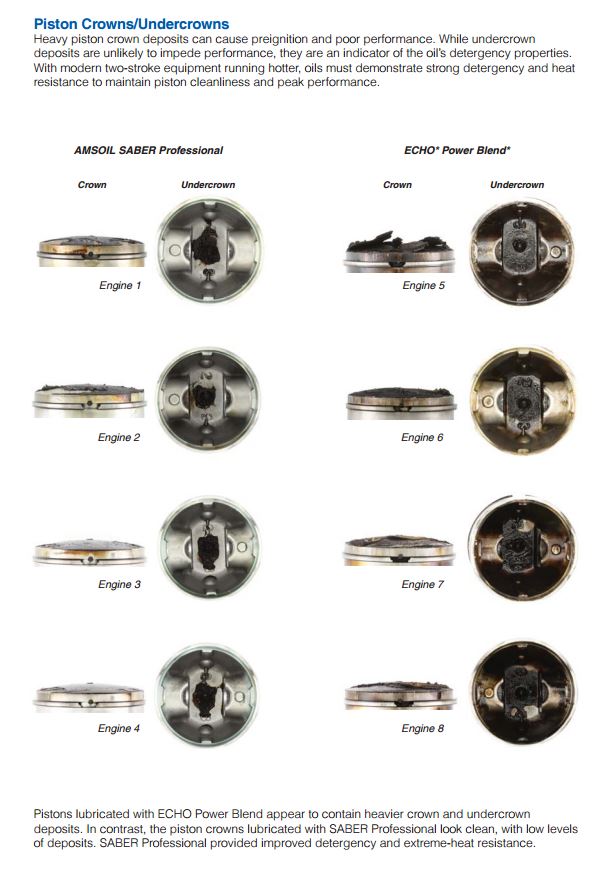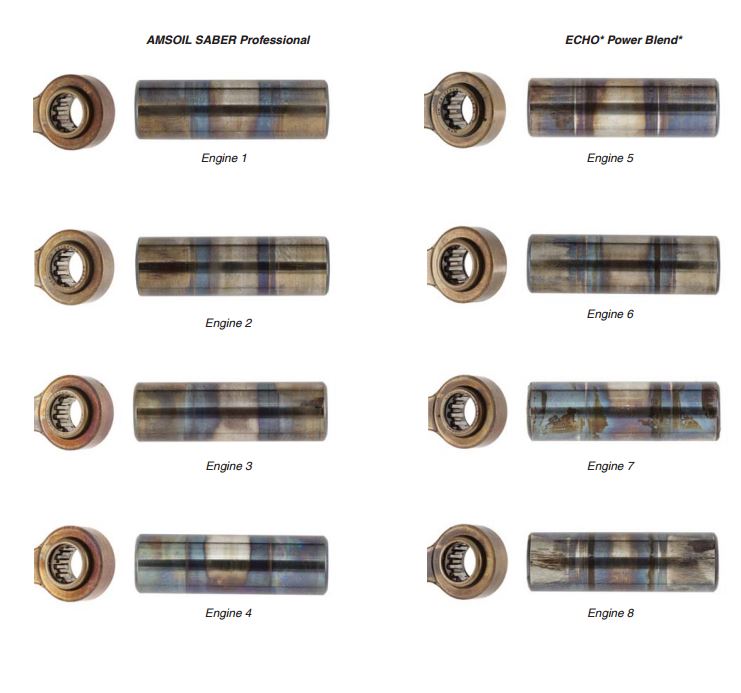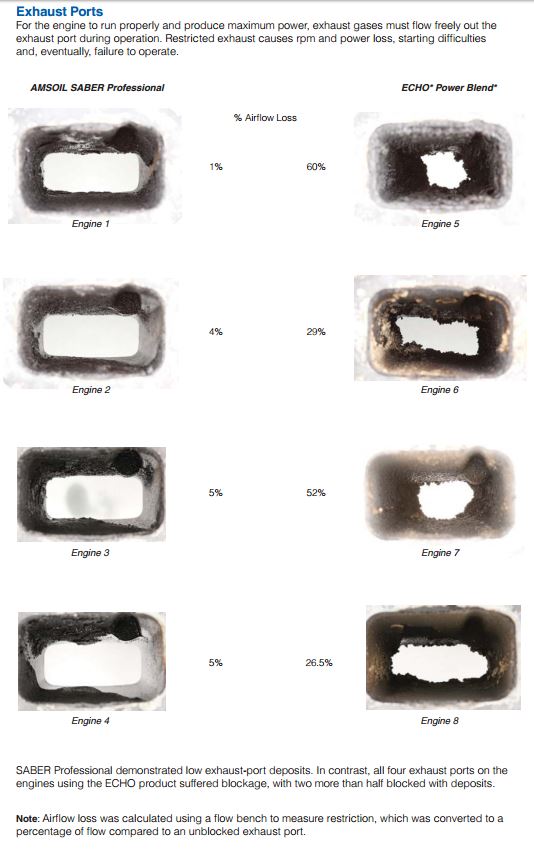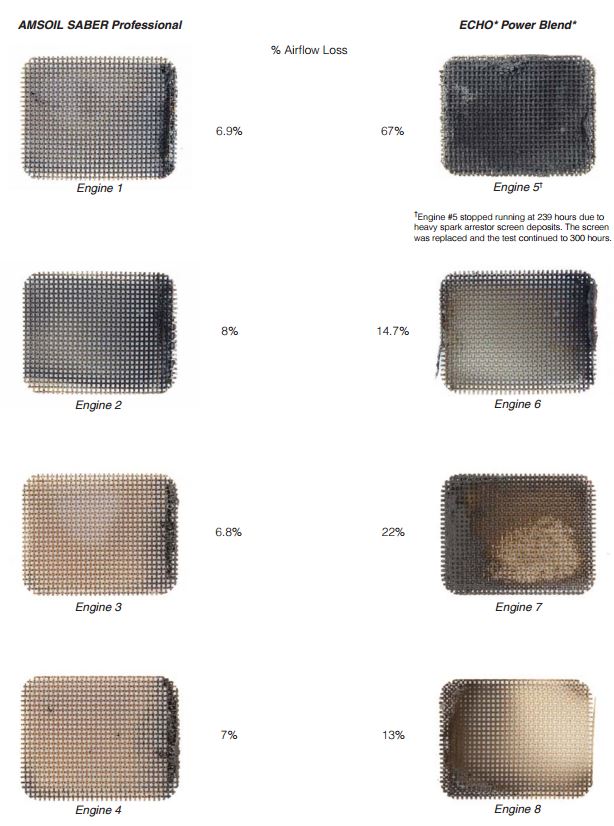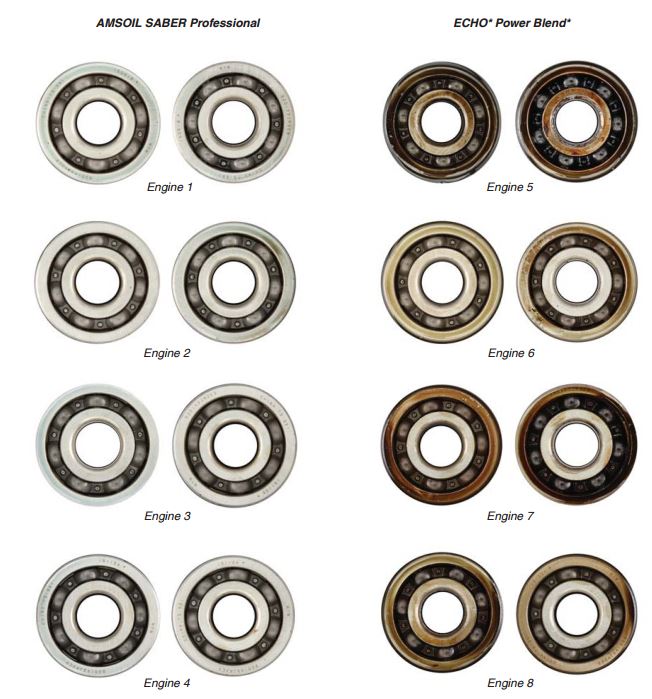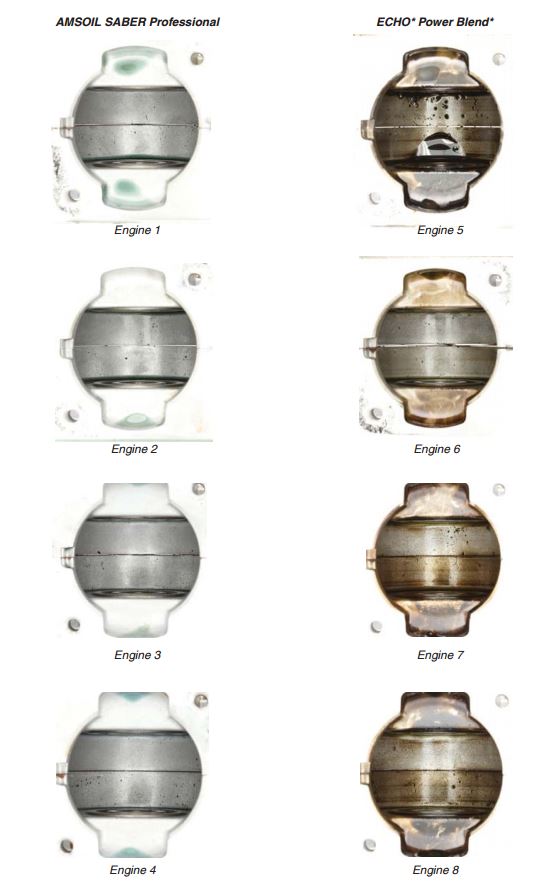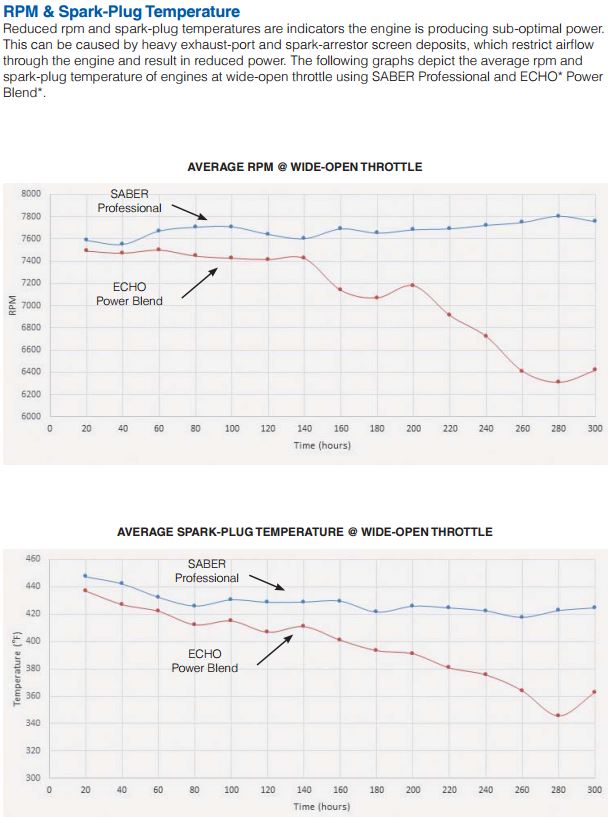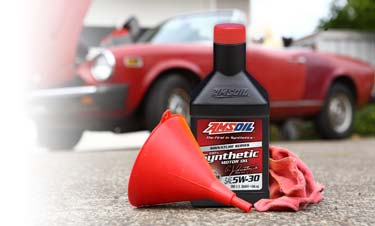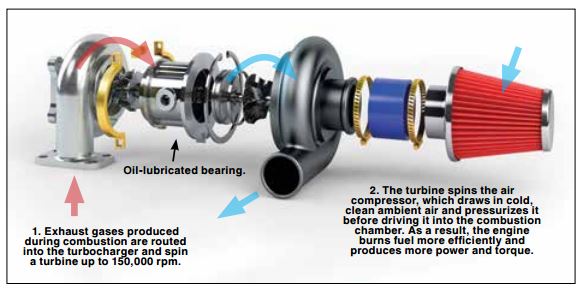Should I Run Multi-Weight or Straight-Weight Oil in my Muscle Car?
Ed Newman (Edited by Ches Cain)
Much of the stigma related to this has been eliminated due to technology.
Here’s the straight story on viscosity grade. The “W” number in, for example, a 15W-50 motor oil outlines the viscosity requirements of the oil when it is cold. This means that a 15W-rated oil has to meet certain criteria at cold temperatures. Taking our 50-weight example, a 15W-rated oil will flow more freely than a 20W-rated oil when compared at cold temperatures.
Winter weights have always confused people. Don’t be afraid of the W!
If you have a spec that calls for a 20W-50 but all you can find is a 15W-50, don’t sweat it. That just means it will have better flow at a lower temperature. Or as I tell people, at room temperature it’s closer to its operating viscosity than a straight weight. Or a 10W-30 is closer to it’s operating viscosity (30) than a SAE-30, and a 5W-30 is closer to its operating viscosity than a 10W-30. But the “W” is not the same type of number or scale as the 2nd number. A 10W-30 is NOT a 10 weight at one temp then a 30 at another!! the 10W, or 20W is a totaly different test measuring toque absorbed at a given temperature range. The large number calculated is converted into the range which is your 5W and 10W and so on. A 0W is not a Zero Weight oil.
Now let’s talk about the “50” portion of a 15W-50, 20W-50 and straight SAE 50. The Society of Automotive Engineers (SAE) states that a 50-weight oil must have a viscosity at 100°C above 16.3 cSt but less than 21.9 cSt and have a high-shear-rate viscosity minimum of 3.7 at 150°C. This means that a 15W-50, 20W50 and SAE 50 weight must all meet these requirements. This does not mean they respond the same but they all need to meet these requirements regardless to have the 50-weight designation. Technically a 50-weight is a 50-weight at operating temperature no matter what the W designation is.
There is a LOT of confusion with these numbers. A little research will fix that.
Against this backdrop of understanding, the question is, should you run a multi-weight or a straight weight in our example? The answer is, take a close look at the oil specifications and compare to what you want to do and pick an oil that fully meets your needs. The best question to ask is, how does the oil hold up under shear”? Shearing is the loss of oil viscosity during operation. Shear is especially a problem when running engines at high RPMs.
Now no matter the age of the engine, when you use a straight weight oil there is some risk based on the quality of the brand. Outside of the normal operating temperatures, any degree below – lets say 75 degrees Fahrenheit, the oil will rapidly increase in viscosity. Starting an engine with a oil lacking the ability to flow as well as another also increases the likely hood to shear. Multi-viscosity oils solve this issue. And these days, the lower the “W” test value, the more advanced the product.
Consider what determines quality at various levels
The quality of the motor oil brand determines how many cycles under stress the motor oil can withstand before sheering out to a undesired viscosity. In some of these companies, the quality of the additives is determined by the profit margins demanded by the stockholders. (AMSOIL by the way, has no stock holders.)
Typically, muscle car folks will have a tendency to run up the rpm from time to time, which can shear down the oil viscosity. Viscosity is one of the most important factors for overall engine protection. When oil viscosity at operating temperatures degrades significantly, engine protection will be compromised. On the other side of the coin, if you start and run your muscle car in colder climates, a multi-weight will definitely provide more oil flow to critical parts quicker. Remember, most engine wear on automobiles actually occurs on startup when engine oil is not flowing readily to engine components.
So there are applications for straight weight oils but automotive engines are no longer in that category. Take advantage of the reduction of stress multi-viscosity oils offer. Muscle car owners want to feel the power at the wheels and a smooth engine. You want the oil to be optimum at all temperature ranges and even after a long trip.
Viscosity selection tip: pick a multi-weight oil that has outstanding shear stability. I personally always recommend AMSOIL. – The one motor oil with a guarantee to stay in grade!
By the way =
